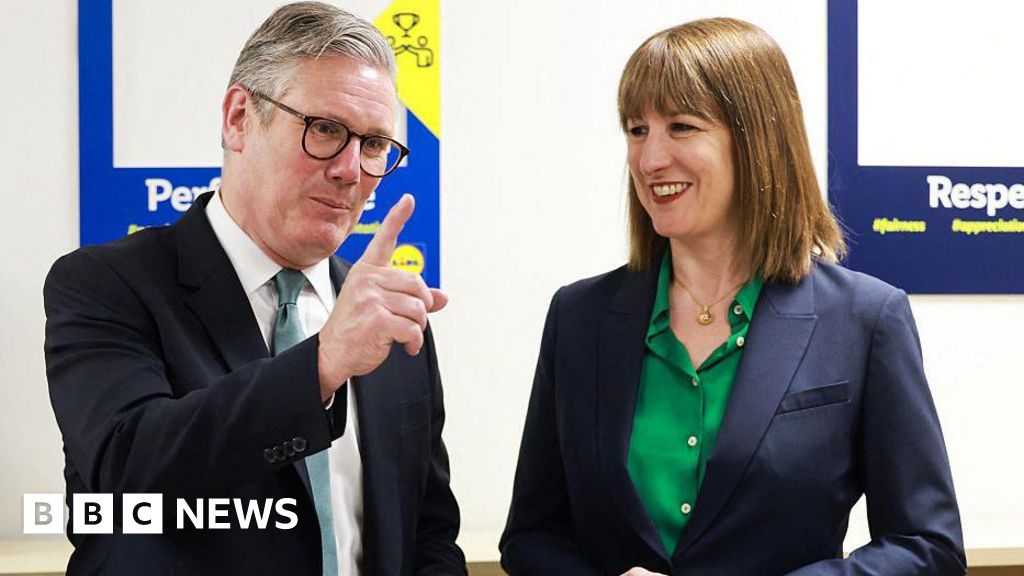From just after the Second World War until the 1990s the UK rail system was fully nationalised, with the government owning the rail networks and all of the trains.
The industry was privatised in the 1990s, with services run by a variety of train operating companies.
At the moment the infrastructure is managed by Network Rail, while passenger train services are run by individual operators.
However, there are degrees of nationalisation. During the pandemic, the government in effect took control of the railway, with most train companies in England moving onto contracts where they get a fixed fee to run services, and the taxpayer carries the financial risk.
The situation is different in Scotland and Wales, where passenger services are already run by the devolved governments. In Northern Ireland, the system is fully nationalised.
Under Labour’s plans, a new arm’s-length body, Great British Railways (GBR), would take over the service contracts currently held by private firms in England as they expire in the future.
However, GBR would continue to lease rolling stock from private firms, and there is no plan to nationalise rail freight companies.
Whether it will make the trains run better “comes down to how they’re going to fund things”, says Peter Simmons, deputy editor at International Railway Journal.
“The issue under the old days of nationalisation was that the government of the day wasn’t prepared to fund things in a way that allowed major construction projects to move forward.”
Credit: Source link










